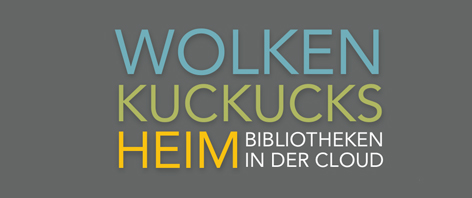The Web of Science Citation Universe is rapidly expanding: New partnerships, optimized contents and features
Tsenkulovski, Tihomir
The Web of Science universe, which originated 62 years ago with the launch of Dr. Eugene Garfield's Science Citation Index, is nowadays considered the gold standard for citation indexing, thanks to its high selectivity and comprehensive coverage. Since its inception, this citation universe has been rapidly expanding, and the Web of Science - originally a single database - has evolved into an entire ecosystem of databases and useful tools. Its powerful capabilities allow you to search across more than 1 billion cited references and upwards of 123 million records of curated research content spanning more than a century. Citations represent intrinsic intellectual links among a variety of content types, disciplines, and data sources, and their meticulous capture enables both insightful discovery and sound analytics. Based on customer feedback, Clarivate Analytics has developed partnerships with Google Scholar, Altmetrics and Researchfish that have resulted in expanded data and optimized features. The "Super Article" concept is a compelling example of the powerful data underlying Web of Science records.
Together with the Web of Science Core Collection, Clarivate Analytics provides over eight unique databases spanning different disciplines, document types, and metadata structure to drive research discovery. Over the last two years more than 5,200 unique regional journals, 44% of which are not indexed in any other database, have been added as part of the Emerging Sources Citation Index (ESCI). This initiative was intended to increase the visibility and discoverability of first-rate regional research. Furthermore, over 6 million citable datasets and data studies from more than 330 data repositories have been incorporated into the Web of Science universe via the Data Citation Index.
